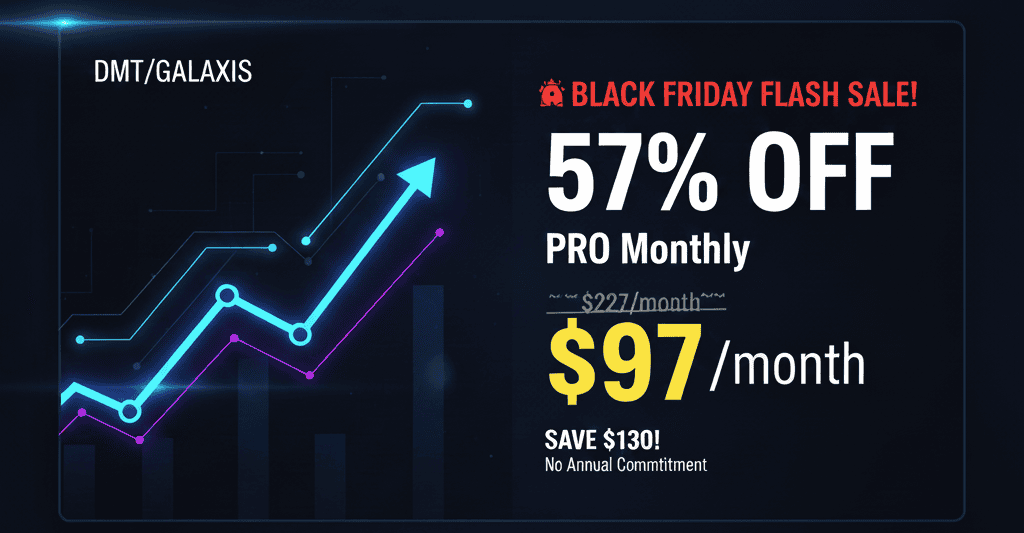Comparing Audience Analysis Tools for Campaigns
Selecting the right audience analysis tools for campaigns can significantly impact your marketing strategy. Understanding how these tools compare is essential for making informed decisions that enhance campaign effectiveness and optimize resource allocation.
Evaluating Digital Marketing Software
When evaluating digital marketing software, focus on several key features that directly affect your campaign’s success. Look for tools that offer comprehensive data visualization techniques, robust reporting capabilities, and user-friendly interfaces. For example, Google Analytics 360 Suite provides advanced segmentation options and integration with other Google services, facilitating a seamless workflow across platforms .
Additionally, assess pricing structures to ensure they align with your budget. Many effective tools are available under $100/month, providing essential features without breaking the bank . By prioritizing these aspects, you can find a solution that fits both your technical needs and financial constraints.
Understanding Consumer Behavior Analytics
Consumer behavior analytics play a crucial role in tailoring campaigns to specific audiences. Evaluate how different tools capture and analyze metrics such as engagement rates, conversion paths, and customer journey mapping. Adobe Audience Manager excels in this area by enabling marketers to create detailed user personas based on extensive behavioral data .
Consider the ability of these platforms to adapt to emerging trends in data privacy regulations. This adaptability ensures compliance while still delivering actionable insights. By understanding consumer behavior through analytical insights, you position your campaigns for greater relevance and effectiveness.
Optimizing Campaign Effectiveness
To optimize campaign effectiveness, use audience analysis tools that provide real-time feedback on performance metrics. Tools like HubSpot Marketing Hub allow marketers to track ROI effectively through detailed analytics dashboards . This capability enables immediate adjustments based on audience response.
Additionally, consider integrating cross-channel marketing strategies supported by these tools. Effective cross-channel integration can enhance customer engagement by providing consistent messaging across various platforms. As you implement these strategies, regularly review key metrics to gauge success and make necessary adjustments.
Checklist for Choosing Audience Analysis Tools
- Feature Set: Ensure the tool includes advanced analytics capabilities.
- User Interface: Choose an intuitive interface that simplifies navigation.
- Pricing Structure: Align costs with your budget while maximizing value.
- Integration Capabilities: Verify compatibility with existing marketing systems.
- Support Services: Check availability of customer support resources.
FAQ
What features should I look for in audience analysis tools?
Focus on robust reporting capabilities, data visualization techniques, and user-friendly interfaces that simplify complex data sets.
How do different audience analysis tools compare?
Compare them based on feature set, pricing structures, ease of use, and integration capabilities with other software solutions.
Which tool offers the best ROI for campaign tracking?
Evaluate ROI through comprehensive analytics dashboards; HubSpot Marketing Hub is known for its effective tracking mechanisms .
By systematically comparing audience analysis tools tailored for campaigns using these guidelines—evaluating features critically against your specific needs—you will be better equipped to select a solution that enhances your overall marketing strategy so you can achieve measurable results quickly.
